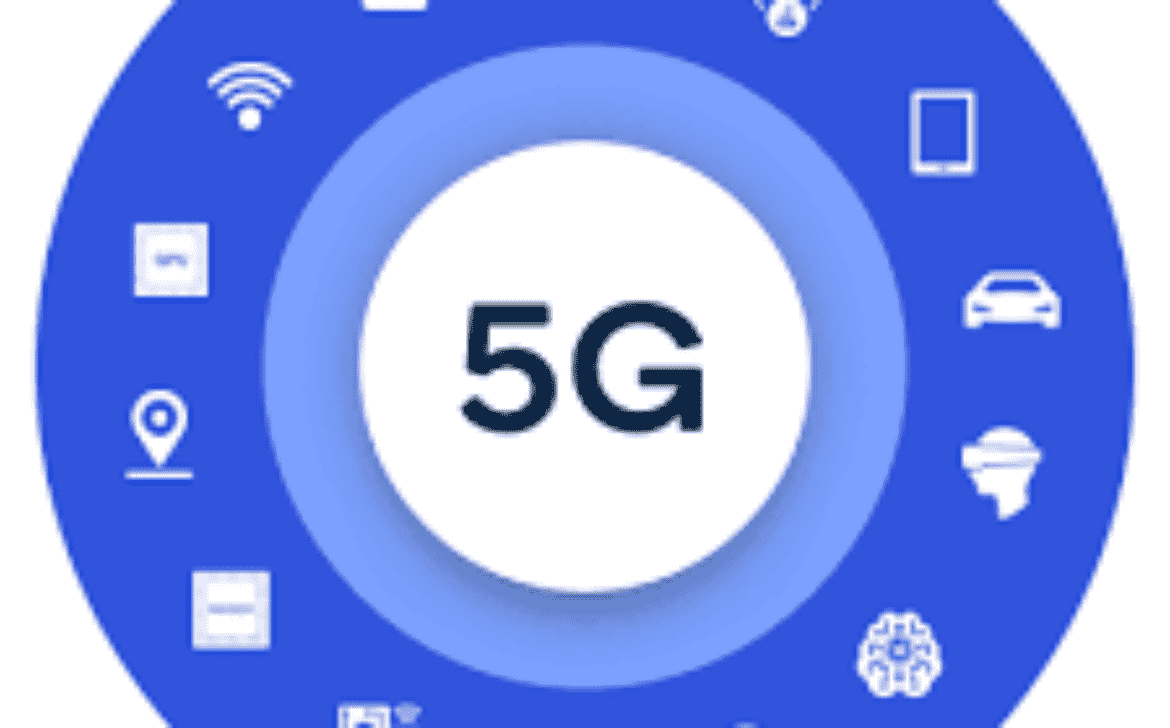Demystifying Cloud Computing: The Future of Scalable and Flexible IT

In an era defined by digital transformation, Cloud Computing has emerged as a cornerstone of modern IT strategies. This innovative technology offers a paradigm shift in how we think about computing resources. Let’s delve into the key concepts and real-world applications of Cloud Computing.
Understanding Cloud Computing
At its core, Cloud Computing involves delivering various computing services—such as storage, processing power, and software—over the internet (“the cloud”). Instead of owning and managing physical hardware, organizations and individuals can access these services on-demand, paying only for what they use.
The Three Cloud Service Models
Cloud Computing offers three primary service models: Infrastructure as a Service (IaaS), Platform as a Service (PaaS), and Software as a Service (SaaS).
- IaaS: With IaaS, users can rent virtualized computing resources, including storage, networking, and computing power. This provides the flexibility to scale up or down based on demand, without the need for physical hardware.
- PaaS: PaaS offers a platform that includes tools and services for application development and deployment. Developers can focus on coding while the platform manages infrastructure, databases, and other backend services.
- SaaS: SaaS delivers ready-to-use software applications over the internet. Users can access these applications through a web browser, eliminating the need for local installations and maintenance.
Public, Private, and Hybrid Clouds


Cloud environments can be classified into three main types:
- Public Cloud: Services are provided over the public internet by third-party providers. It offers scalability and cost-efficiency but may raise security and privacy concerns for some applications.
- Private Cloud: Resources are dedicated to a single organization and can be hosted on-premises or by a third-party provider. Private clouds offer greater control over security and compliance.
- Hybrid Cloud: Combines both public and private cloud environments, allowing organizations to leverage the benefits of both while maintaining flexibility and control.
Benefits of Cloud Computing
Cloud Computing offers numerous benefits, including cost savings, scalability, flexibility, and the ability to access resources from anywhere. It eliminates the need for upfront investments in hardware and allows businesses to focus on innovation and growth.
Real-World Applications
Cloud Computing has transformed how businesses operate. From startups to enterprises, organizations use the cloud to host websites, run applications, analyze data, collaborate, and manage resources efficiently.
Challenges and Considerations
While Cloud Computing offers numerous advantages, it also comes with challenges such as security, data privacy, and vendor lock-in. Organizations must carefully assess their needs and choose the appropriate cloud strategy.
The Future of Cloud Computing
The future of Cloud Computing is promising. As technology advances, the cloud will continue to evolve, integrating new capabilities like edge computing, artificial intelligence, and improved security measures.























